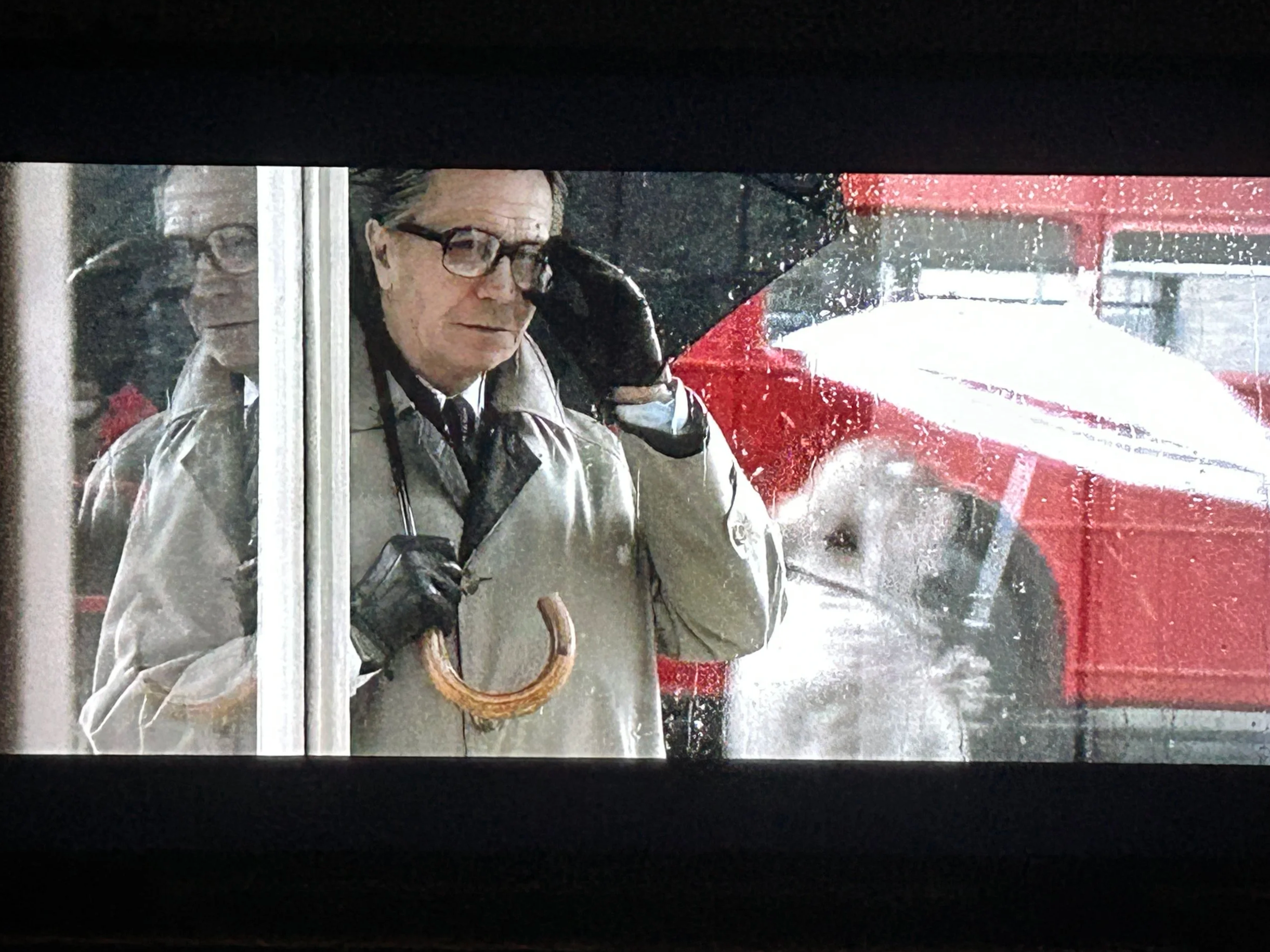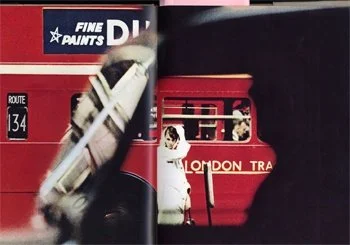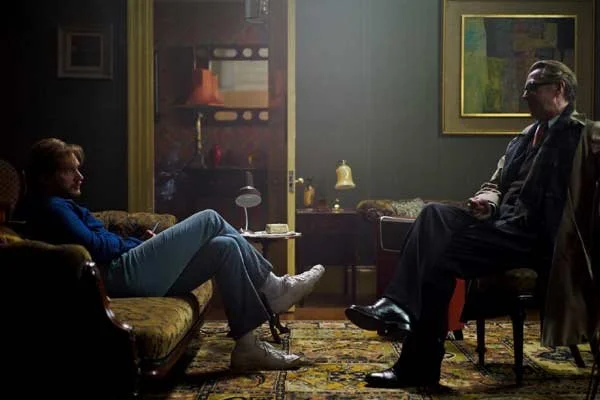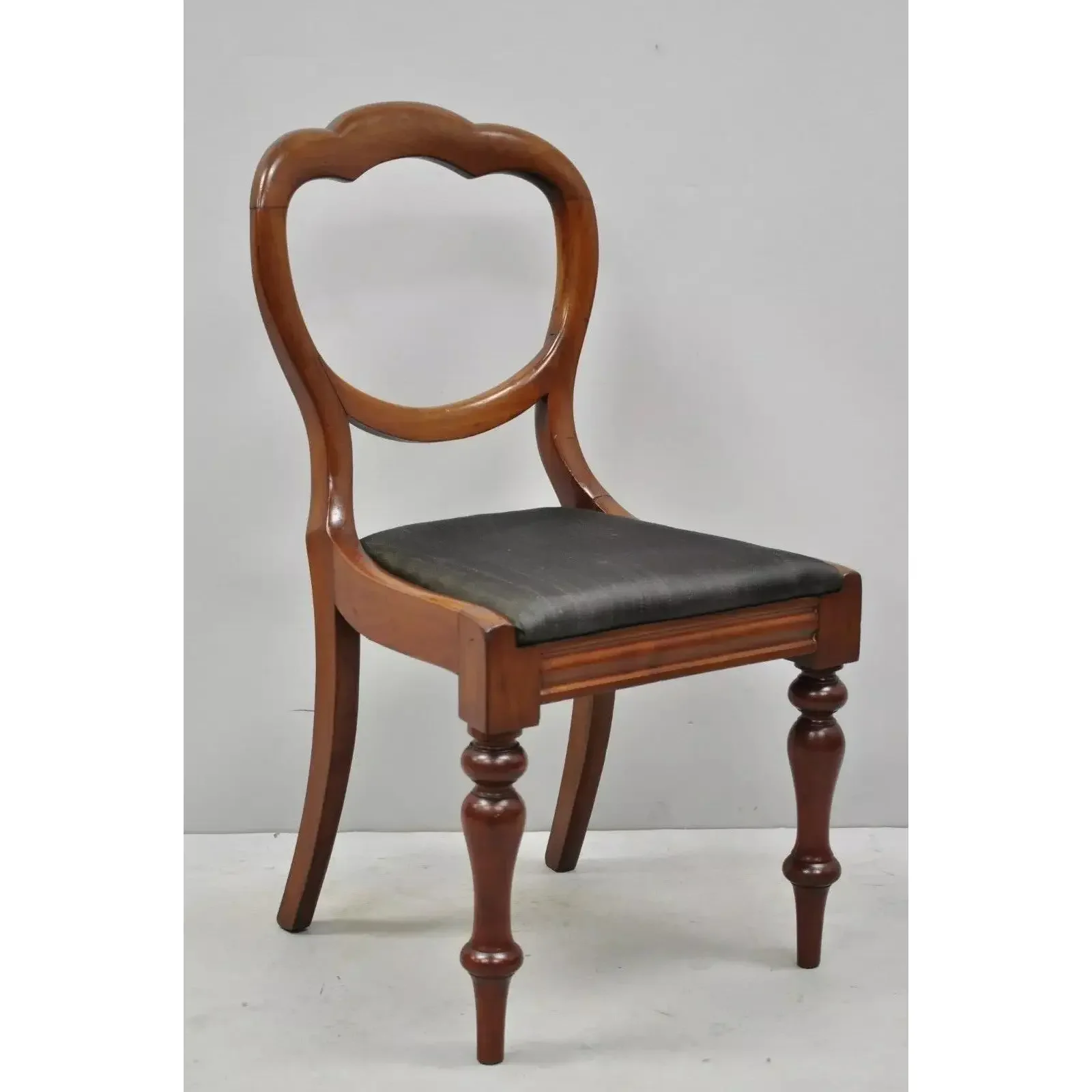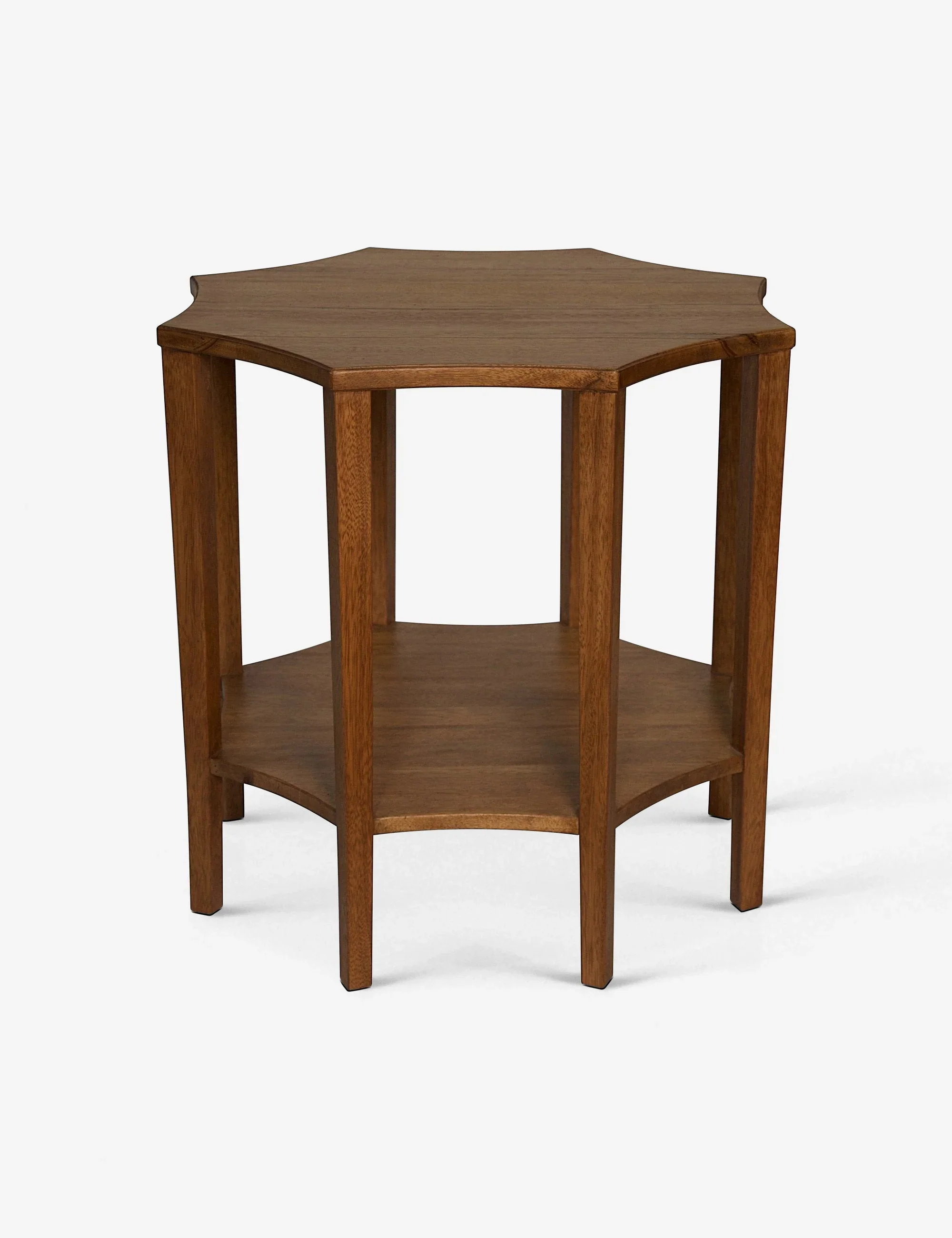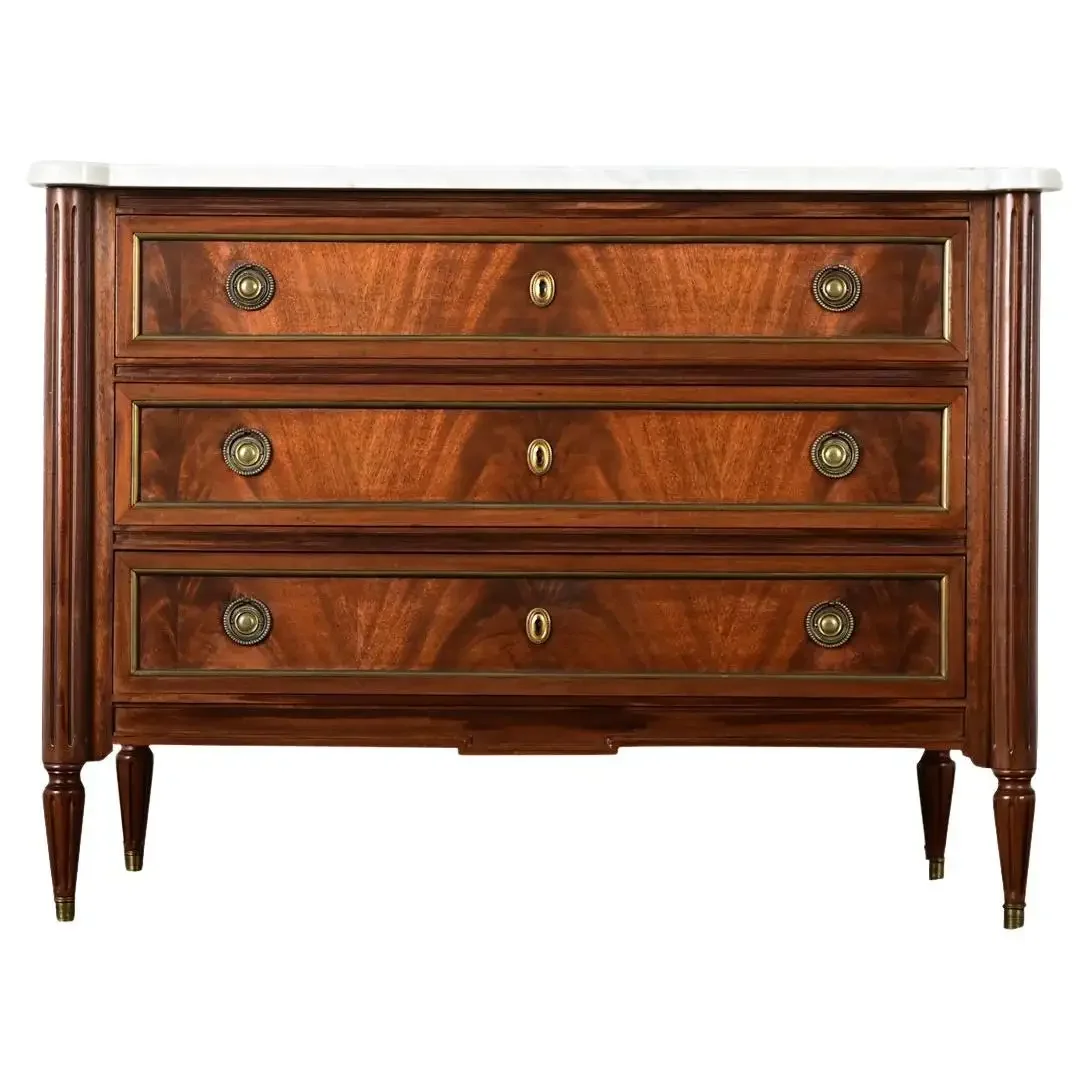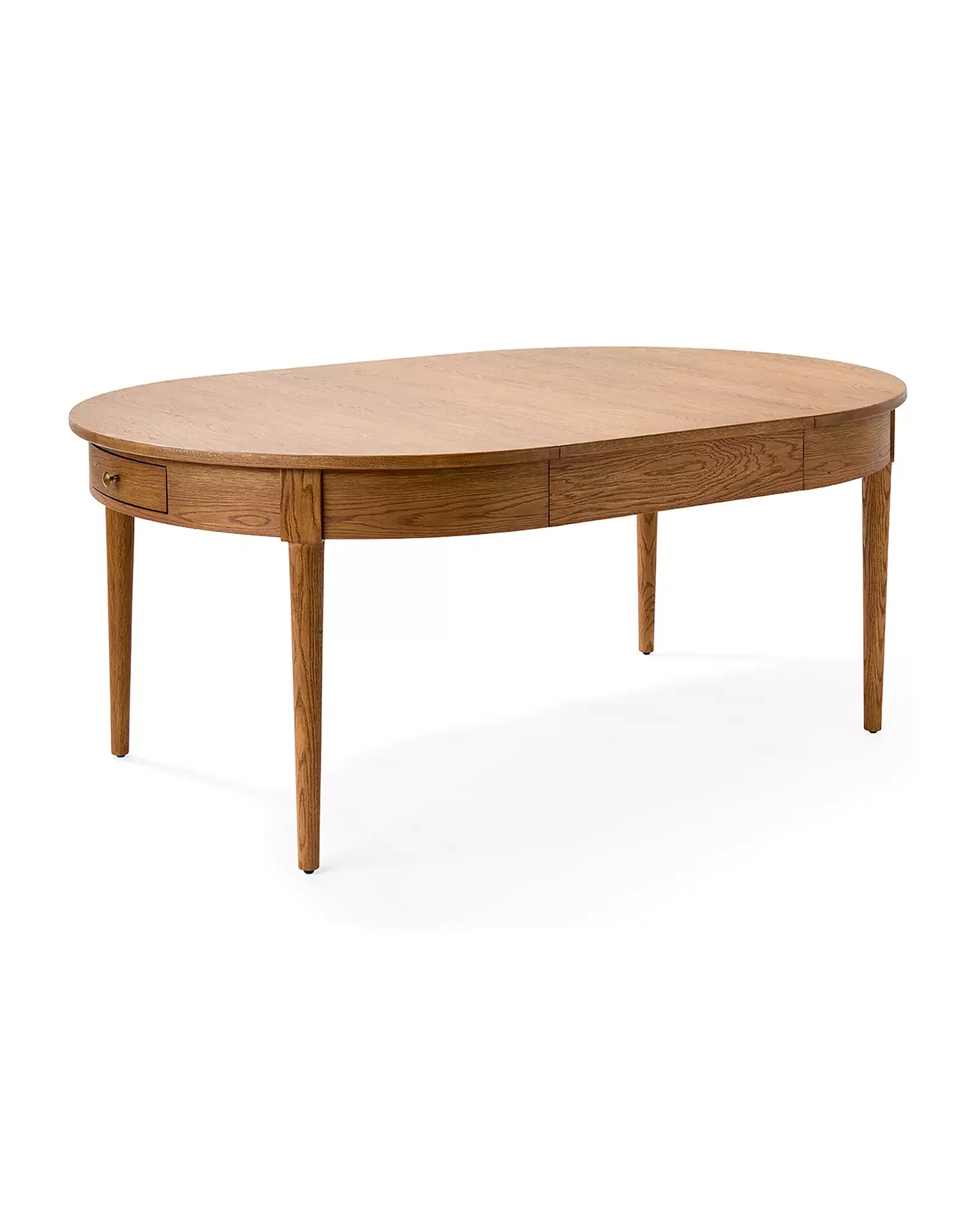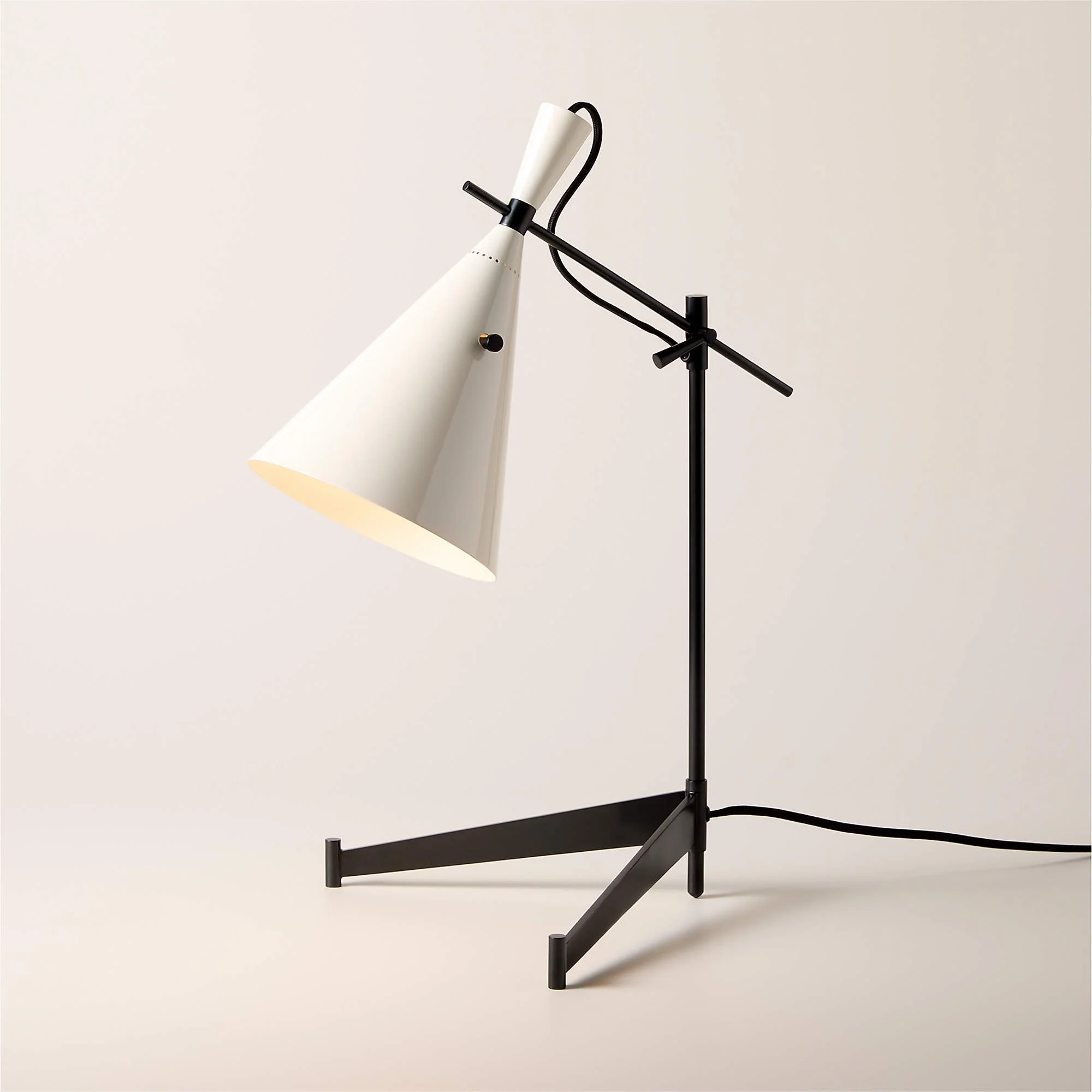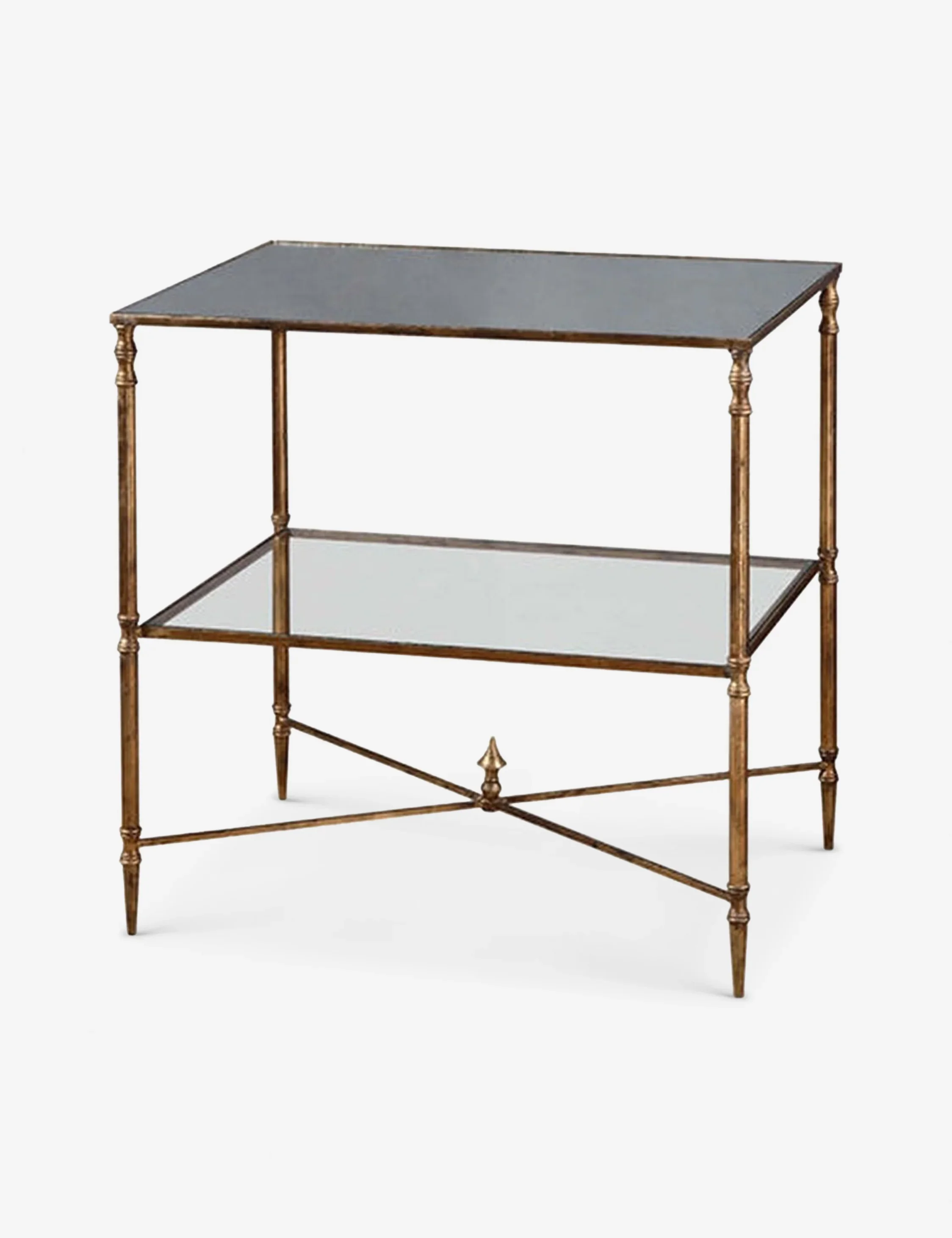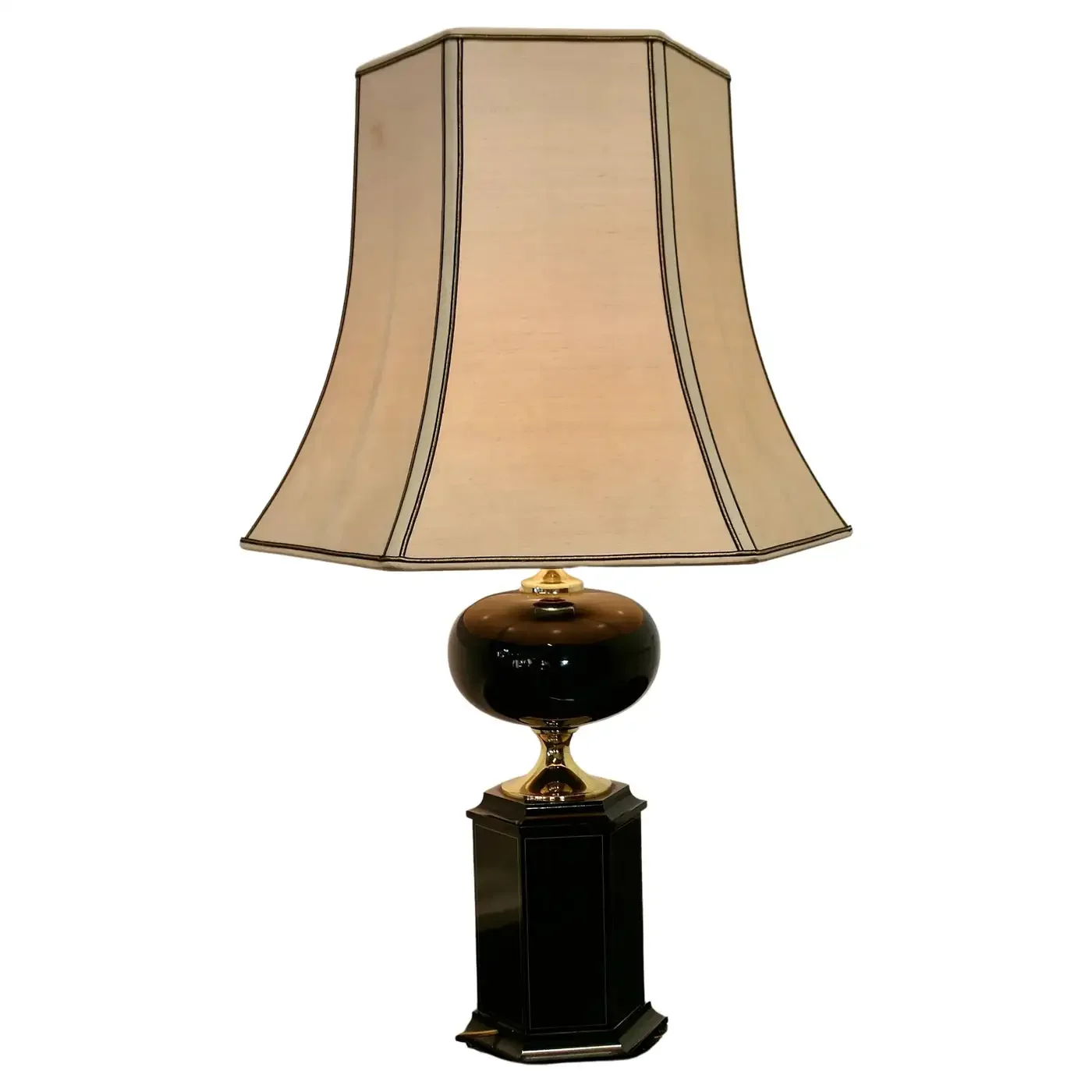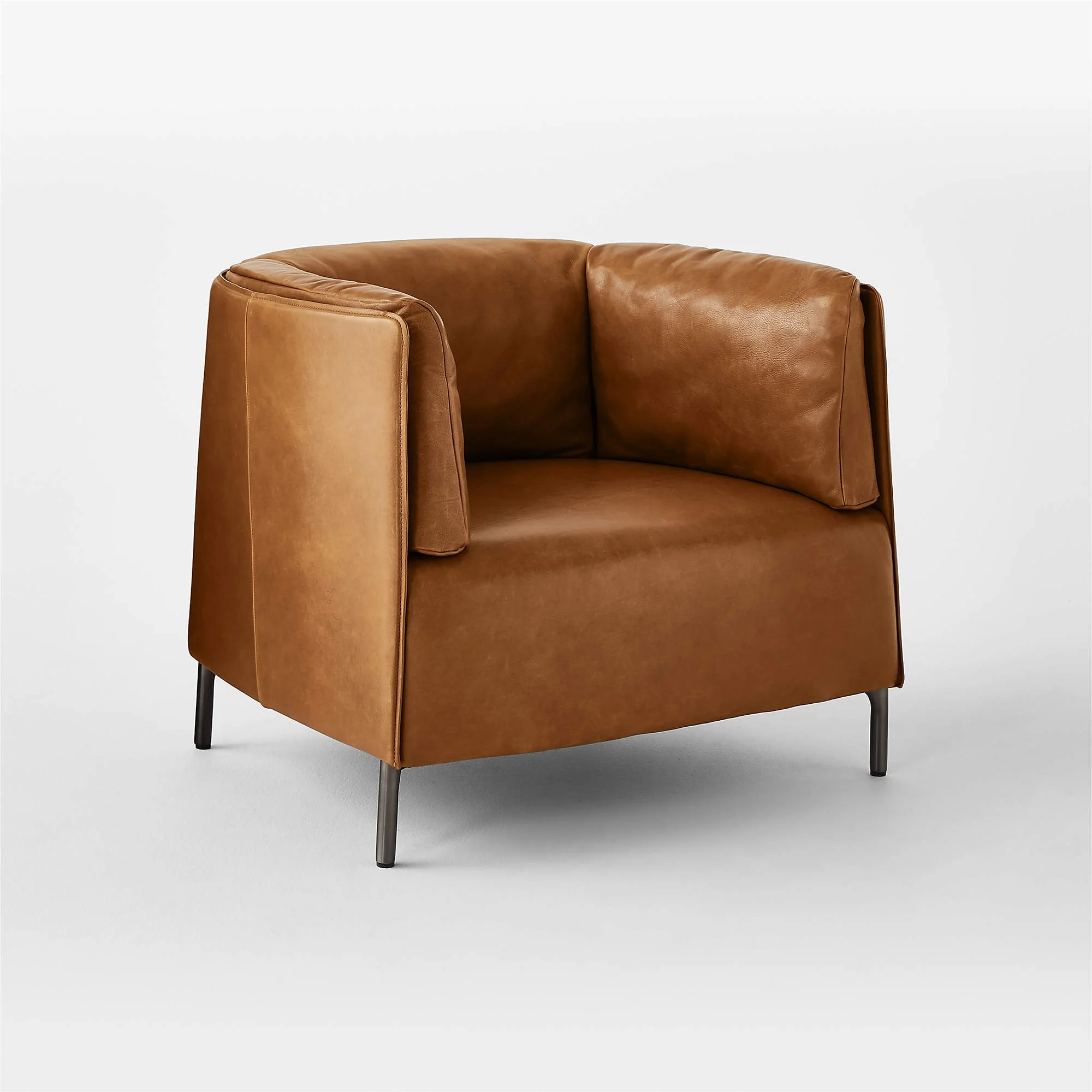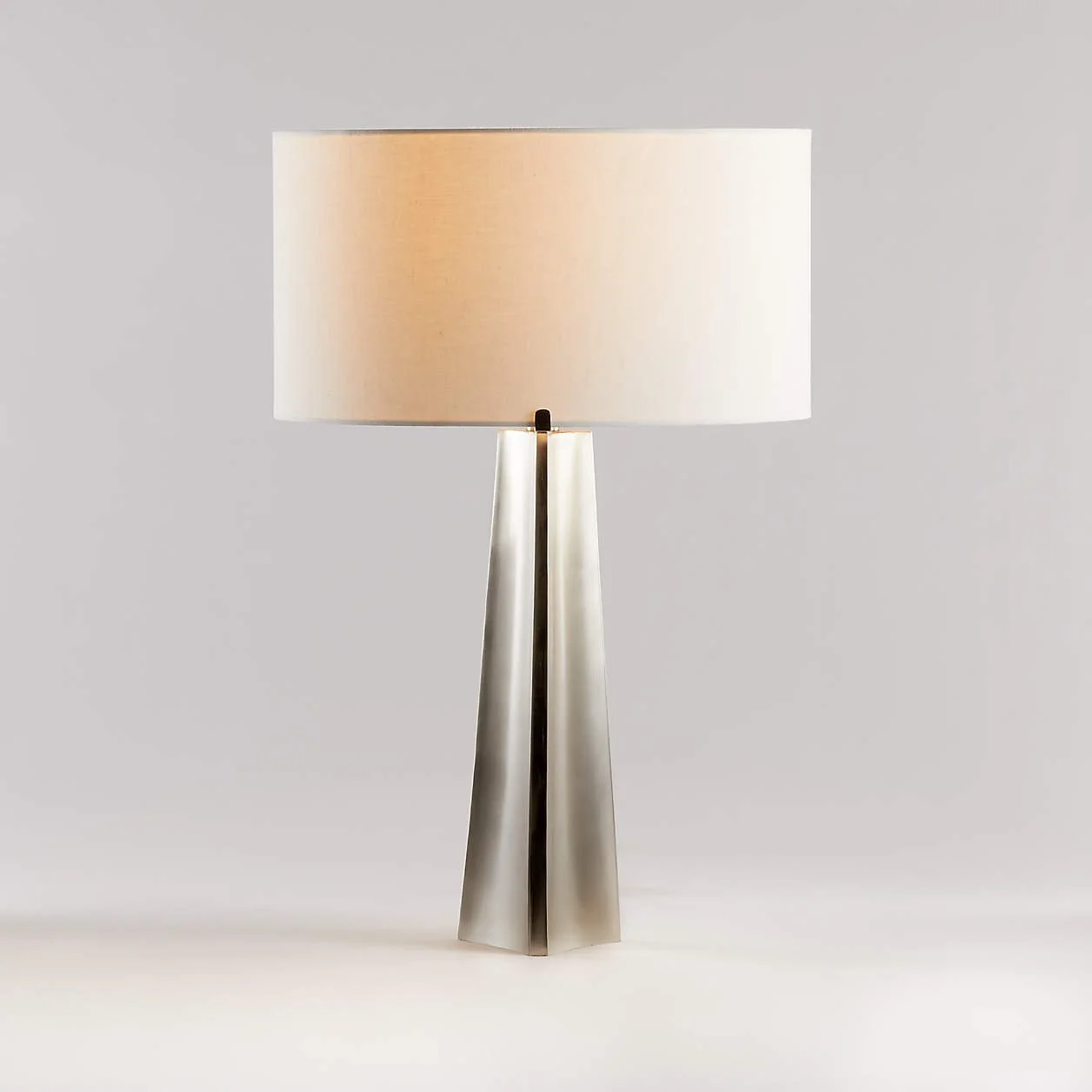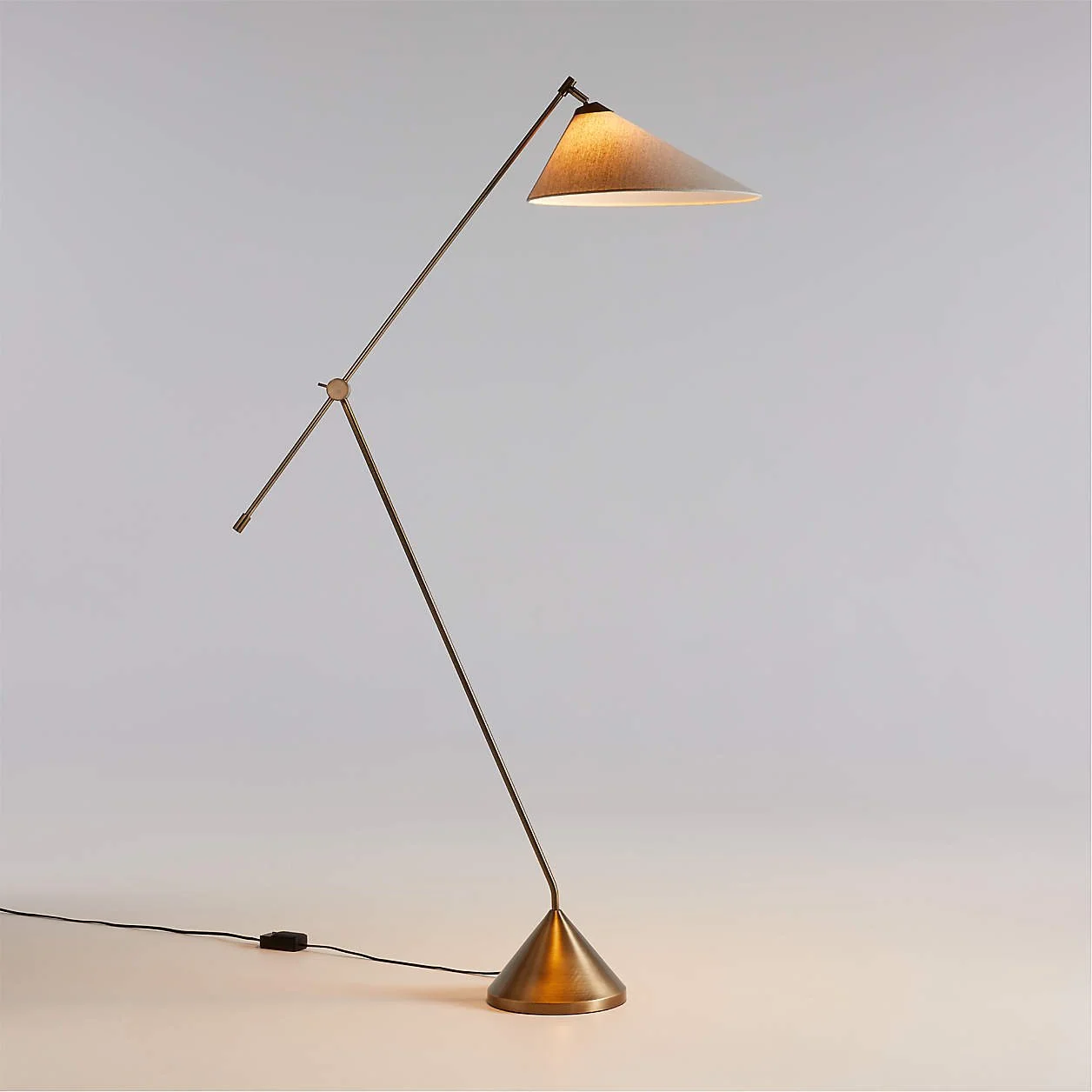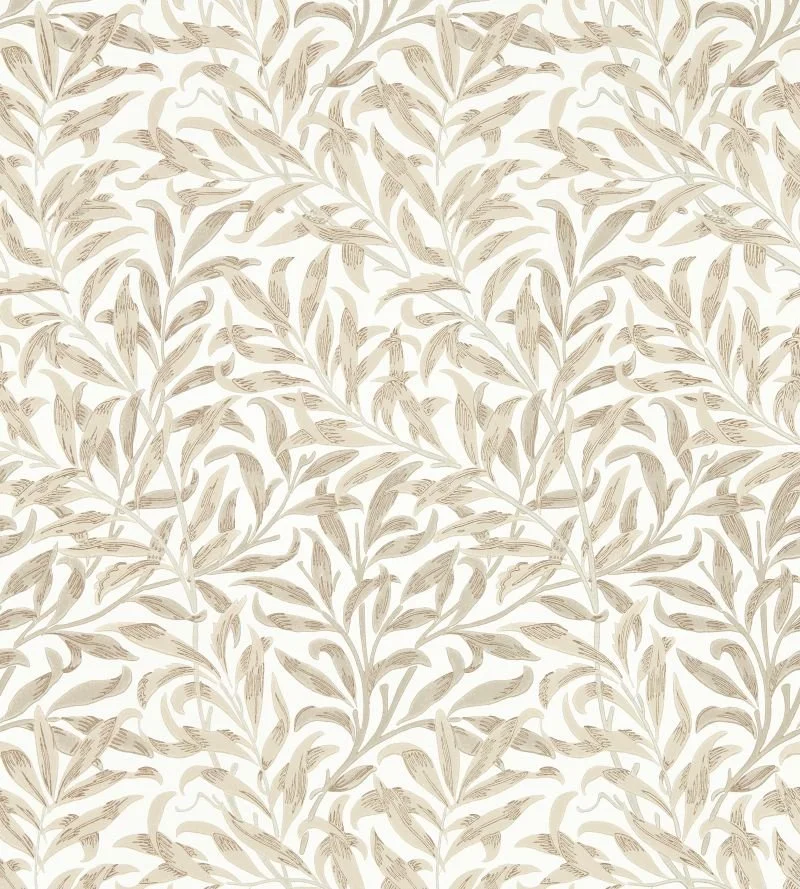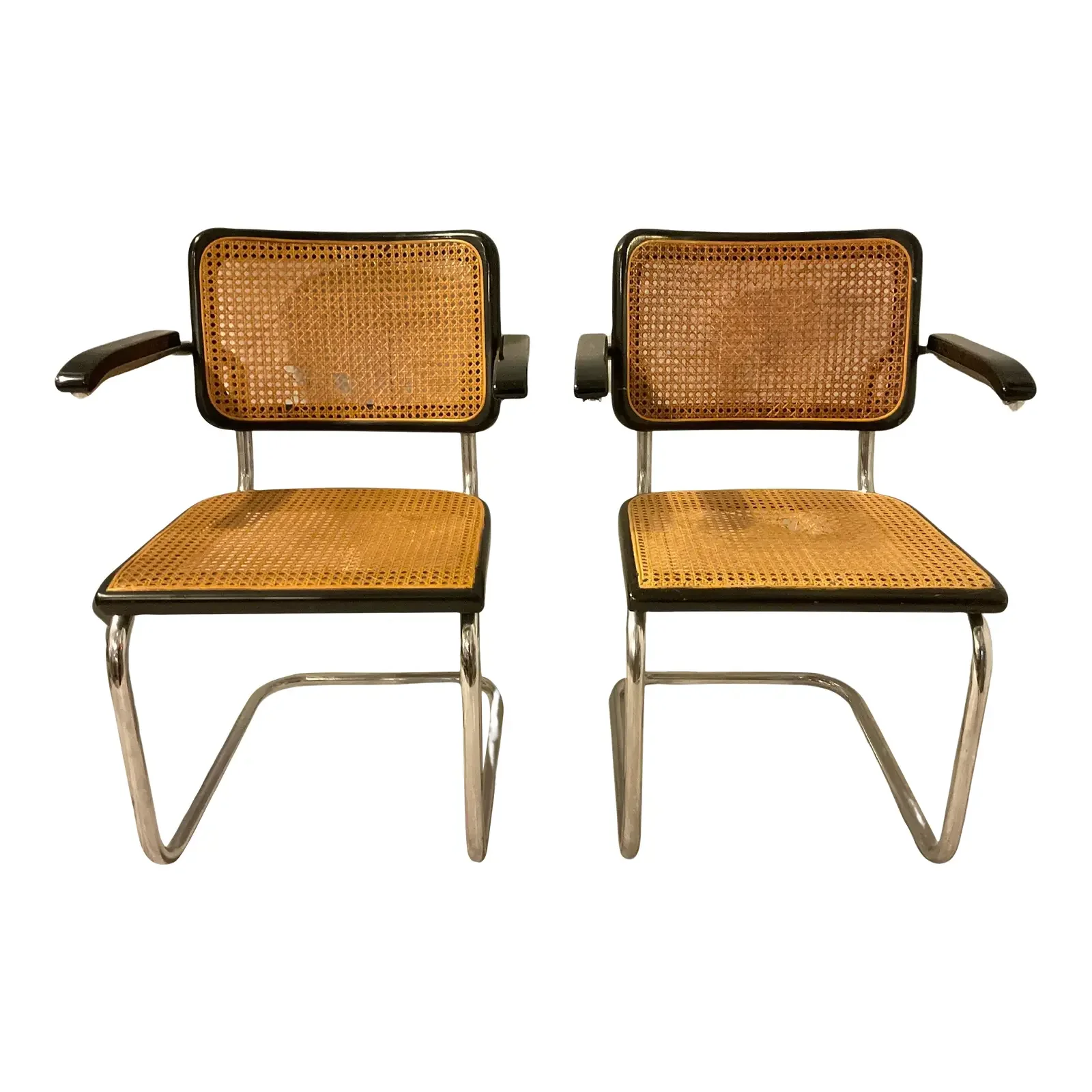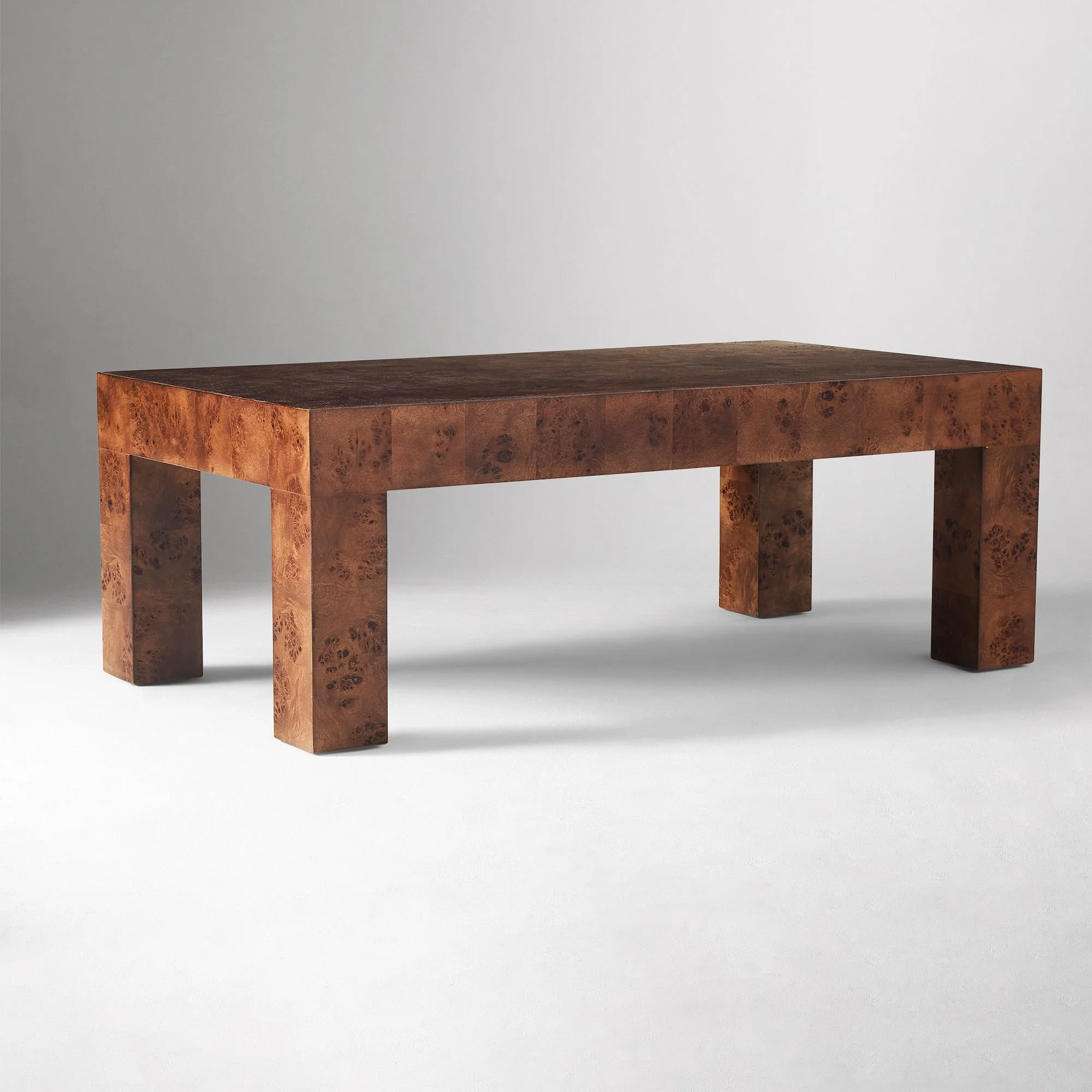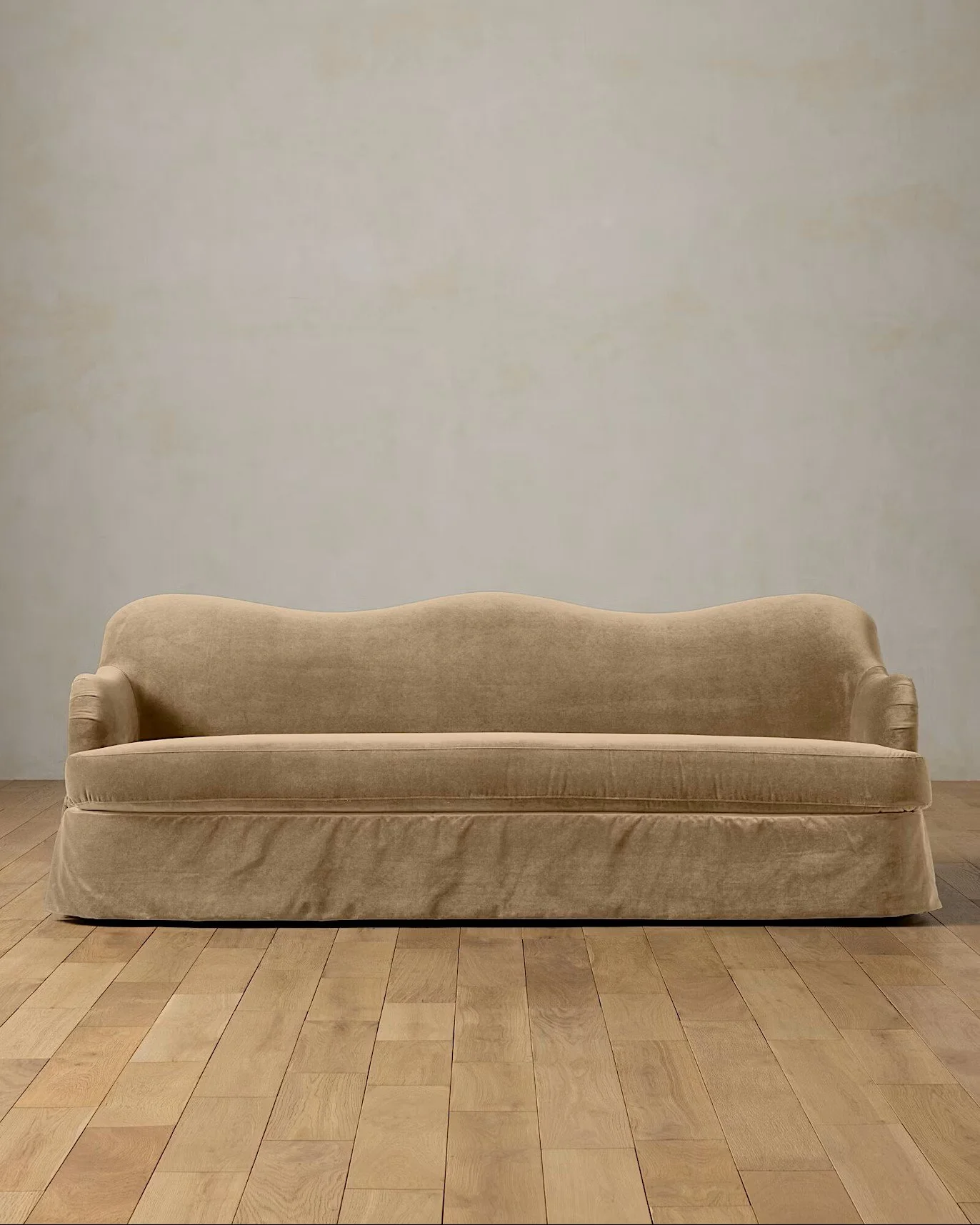Tinker Tailor Soldier Spy
Director: Tomas Alfredson, Set Designer: Maria Djurkovic, Set Decorator: Tatiana MacDonald, Cinematographer: Hoyte van Hoytema
Tinker Tailor Soldier Spy is a film of rectangles. Every scene is full of them: isolating, compartmentalizing, and constantly challenging our perception. The edges frame characters and spaces like photographs and that’s intentional: cinematographer Hoyte van Hoytema drew directly from Erwin Fieger’s London: City of Any Dream, using its compressed framings, layered planes, and grain as visual reference.
Fieger’s London images are temporal and voyeuristic, capturing people mid-routine, seen from a distance, often with a telephoto compression that crowds the frame and flattens depth. I’m particularly drawn to the sense of movement in his photography and the abstractions created through reflection, similar to the works of Saul Leiter, George Love, and Ernst Haas. Referencing Fieger’s style helped make the film feel more “real,” in the sense that spies could be moving among us. The director’s use of windows and reflections to create abstraction makes the audience feel like another member of the Circus, trying to identify the Russian mole after every scene.
Fieger, Erwin. Taxi Driver, London. From London: City of Any Dream, by Colin MacInnes and Erwin Fieger, Macmillan, 1966.
Tinker Tailor Soldier Spy. Directed by Tomas Alfredson, StudioCanal, 2011.
Tinker Tailor Soldier Spy. Directed by Tomas Alfredson, StudioCanal, 2011.
Fieger, Erwin. London Transport Bus, London. From London: City of Any Dream, by Colin MacInnes and Erwin Fieger, Macmillan, 1966.
In the film, rectangles are frequently windows, openings to look in and out of, where glare, reflection, and varying transparency obfuscate, disorient, and withhold. While the movie employs rectangles to drive narrative and bind its visual language, an Architect uses windows as compositional elements, essential to how a home looks, works, and feels.
Windows bring in daylight, shaping mood and comfort, admit fresh air, connect interior to exterior, and frame views. Placing a window is a deliberate act: its type, size, height, and detailing must work both on the exterior and interior, serving a specific function and a specific meaning.
For me, this is not just theory—it’s daily practice. I’m drawn to reflection, refraction, and transparency. I’ll stop to watch light and shadow dance and shift across a wall, recording the moments as they fade with the sun, and trace sidewalk glare back to its source. I love the elastic reflections on high-rises where glass appears subtly rippled by structural loads, throwing neighboring buildings into abstraction. And I love historic window panes with handmade imperfections showing a visible record of craft that stands the test of time.
So, I invite you to try and read the windows of your own home or around your neighborhood. Ask what each one is trying to do—admit low winter light, frame a view, ventilate, or reveal something.
Below are screenshots depicting the film’s use of rectangles and Fieger’s influence along with a shop-the-look for furniture pieces that I feel capture the mood and period of Tinker Tailor Soldier Spy.








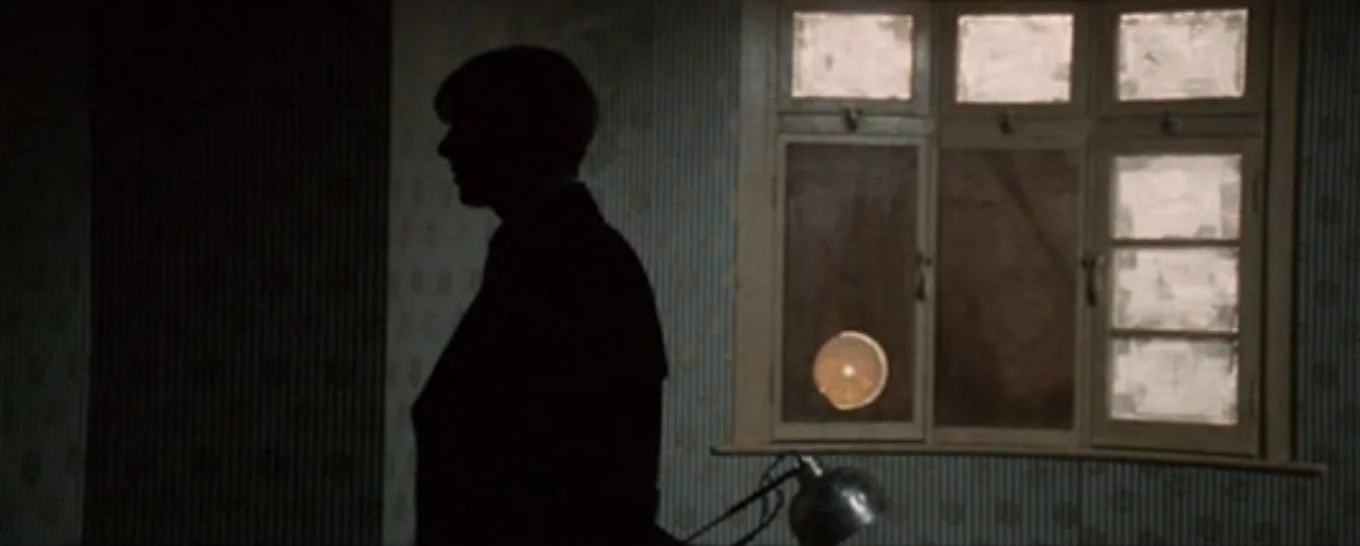



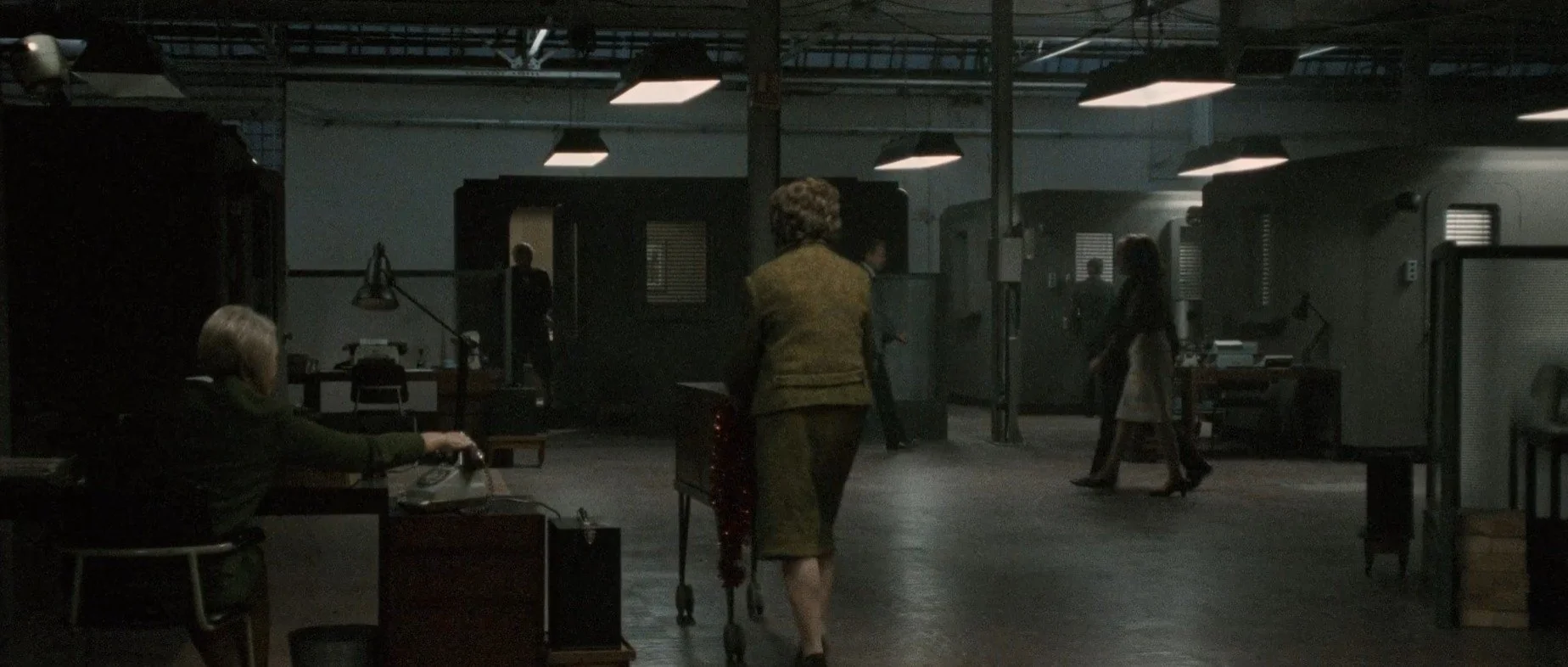



Shop-The-Look
The interiors of Tinker Tailor Soldier Spy are divided between the labyrinth of the Circus and the quiet domestic world of George Smiley. Every space holds a narrative value: the Circus feels organized and compartmentalized, a maze of glass partitions and closed doors, its control made visible through architecture and lighting, by contrast, Smiley’s home is modest and lived in, marked by furniture that feels inherited rather than new. The whole world of the film carries a weight of time and use, you can sense the mustiness of the rooms, the lingering smoke, and the dampness of London settling into fabric and wallpaper.
This was the 1970s, the height of the Cold War, a period defined not by excess but by moderation. People lived within limits and interiors reflected that reality: well-worn furniture, older pieces layered with newer ones, and decoration that served habit more than indulgence. The design of the film embraces that quality, creating spaces that feel authentic to their occupants rather than styled for the camera.
To translate this feeling today, the key is in the balance. Old-world antiques sit alongside utilitarian modern furniture, a tufted leather chair beside a teak desk, a burlwood sideboard paired with a Victorian dining chair. Lighting is moody and warm, wallcoverings are patterned and dense, and textiles carry the look of age and familiarity. It is not a single style but a layering of eras and textures, building interiors that feel atmospheric, modest, and lived in. See my picks below - paid partnership via affiliate links.
*Note on sources:* Van Hoytema’s team explicitly cited Fieger’s London: City of Any Dream as a key visual reference and even tested to match its texture and compression. ([16:9][1])
Jensen, Jakob Isak Nielsen. “The Design Program and Color Palette of Tinker Tailor Soldier Spy.” 16:9 – Danish Journal of Film Studies, 14 Oct. 2014, https://www.16-9.dk/2014/10/tinker-tailor-soldier-spy/.
MacInnes, Colin, and Erwin Fieger. London: City of Any Dream. MacGibbon & Kee, 1962. Available at: https://www.biblio.com/book/london-city-any-dream-colin-macinnes/d/1363750737.
Fieger, Erwin. London: City of Any Dream. Setanta Books, https://www.setantabooks.com/en-us/products/london-city-of-any-dream

